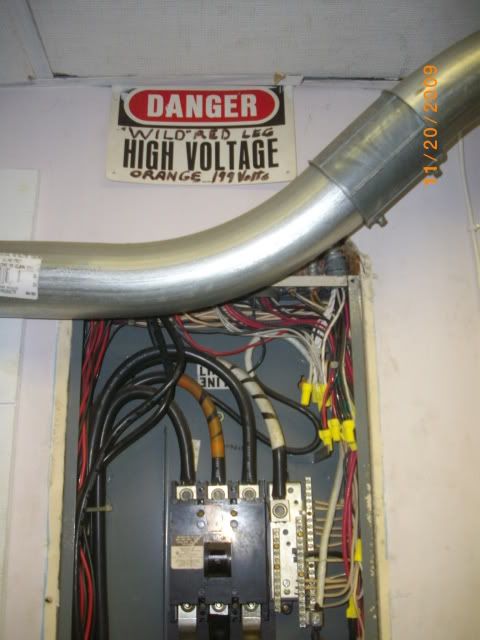Concerning the center phase being marked orange.
Often when someone unfamiliar with 240v four wire delta systems, miss mark them as if they were 208v Wye.
Could be it was never remarked, and the utility company figured out what was terminated on the C phase in the meter and tied it in that way to suit there needs.
You would think that shouldn't happen, and it would at least be remarked, but it could.
Most of the 3 phase in my area is 240v four wire delta. All the meters for this system are wired with the 208v leg in the C phase position. The utility meter requires 120v to ground at the B phase for the meter to operate.
Most of the time the 208v leg is move to the center or B phase position at the Main Switch.


